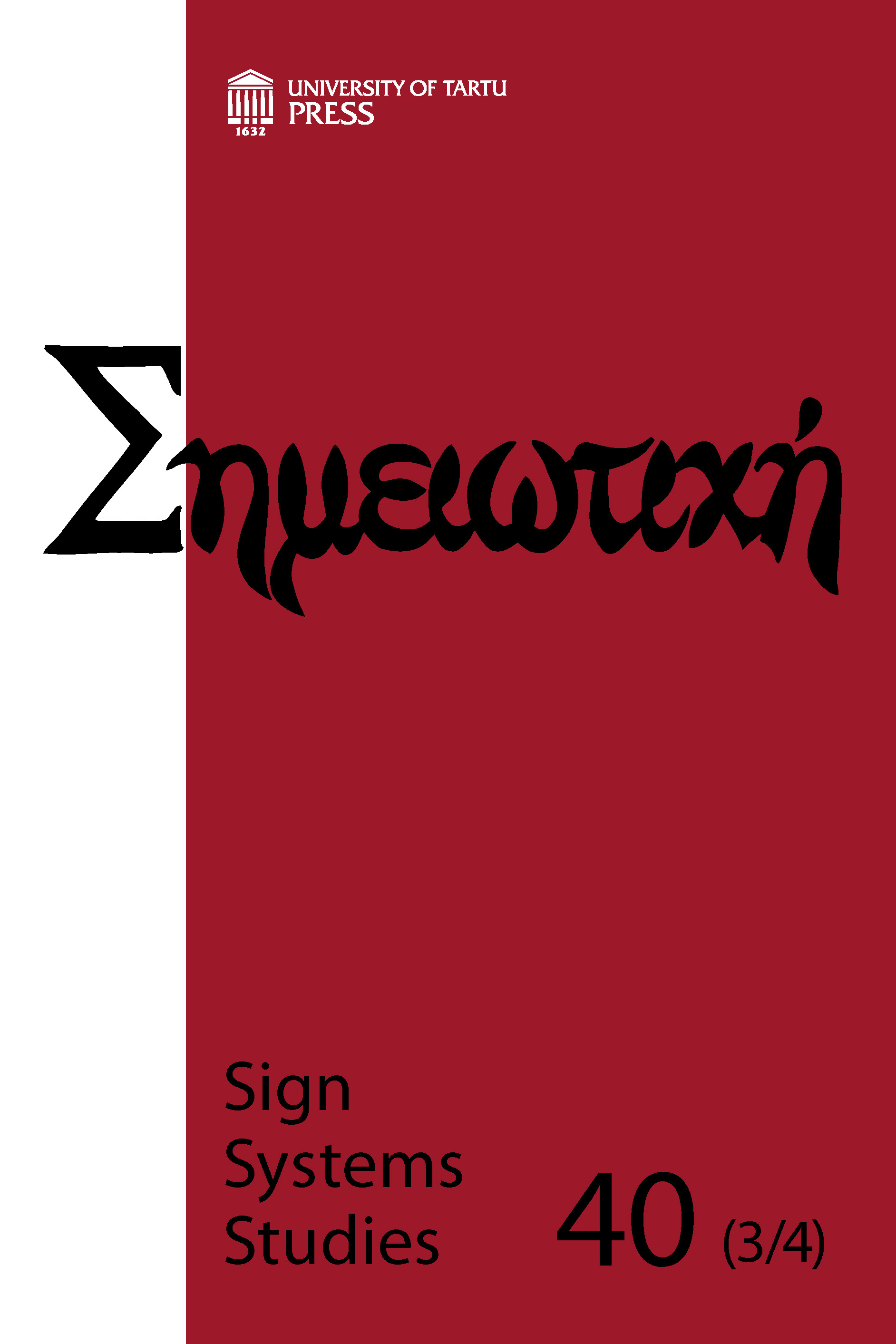The image of neighbours: Latvian and Lithuanian literature in Estonia
DOI:
https://doi.org/10.12697/SSS.2012.3-4.09Abstract
The translated text has a specific value in the new culture: it can be a translation of a literary text, and it can be a translation of culture, i.e. a synchronic text of a cultural system. There are two principal concepts which are used in the present article: 'translation' and 'reception'. Reception begins with the selection of the author, literary or historical epoch, literary style, or ideology. So, every translation and reception begins with reading, and every reading creates meanings. At the same time, reception is also translation: it is a moment when two distinct cultures mix, and this situation needs understanding of the other. The translated texts create the image of the translated culture and/or nation. The article examines texts from Latvian and Lithuanian literatures from the second half of the 18th century to the early 20th century which have been translated into Estonian: what kind of texts are translated in different periods and by different translators (the selection of the authors and the texts); what the purpose of the translations is; how these translations translate Latvian or Lithuanian culture into Estonian; and how Estonians understand and accept these translated texts. And, finally, how these translated texts create the image of the translated culture and/or nation.Downloads
Download data is not yet available.
Downloads
Published
2012-12-01
How to Cite
Mihkelev, A. (2012). The image of neighbours: Latvian and Lithuanian literature in Estonia. Sign Systems Studies, 40(3/4), 432–446. https://doi.org/10.12697/SSS.2012.3-4.09
Issue
Section
Articles


